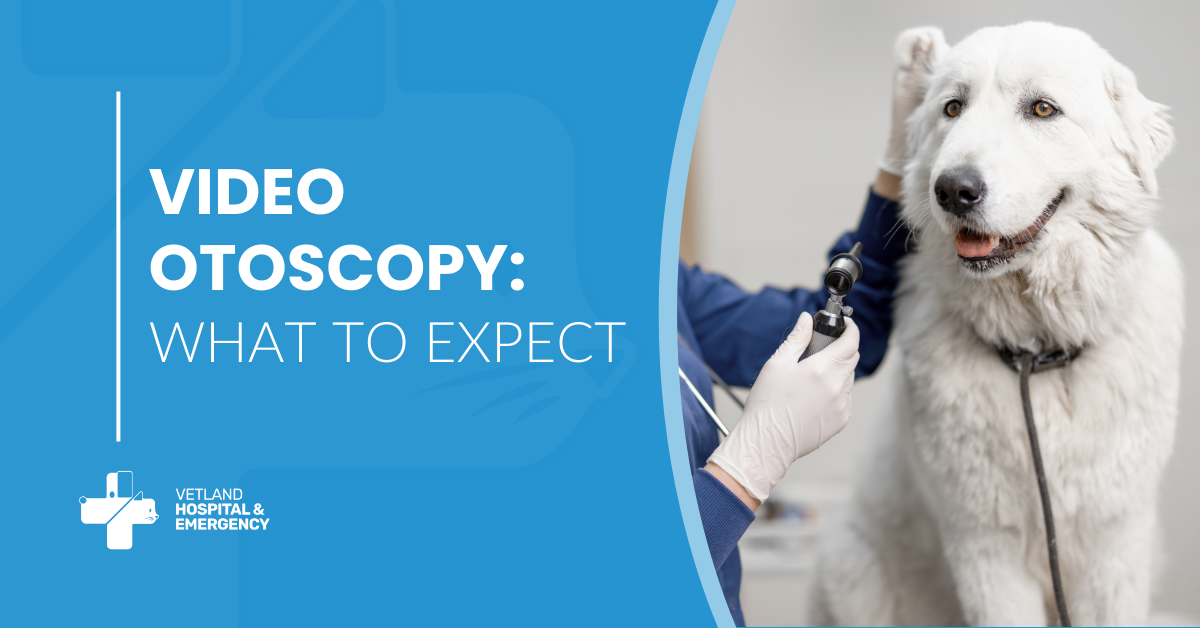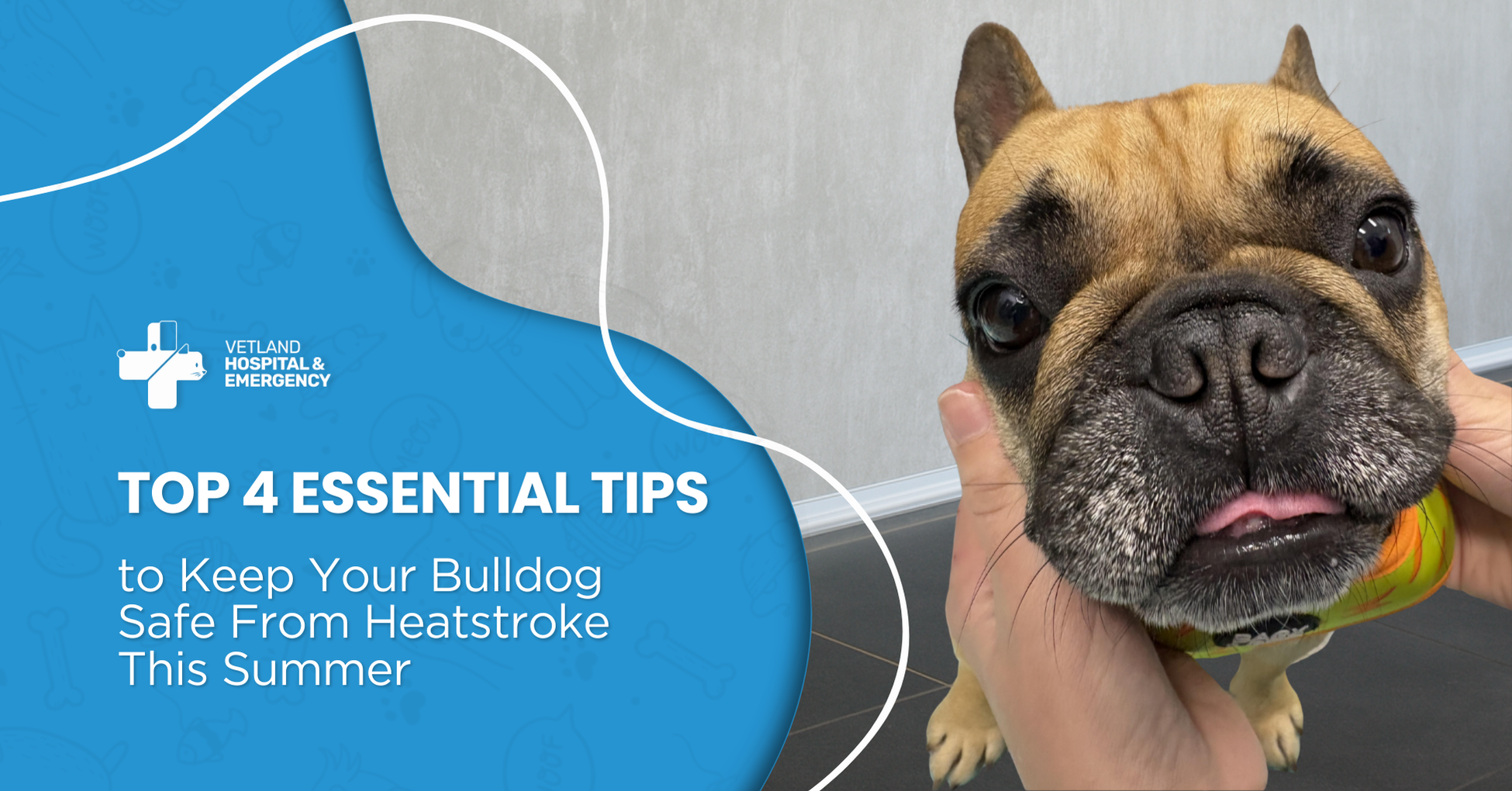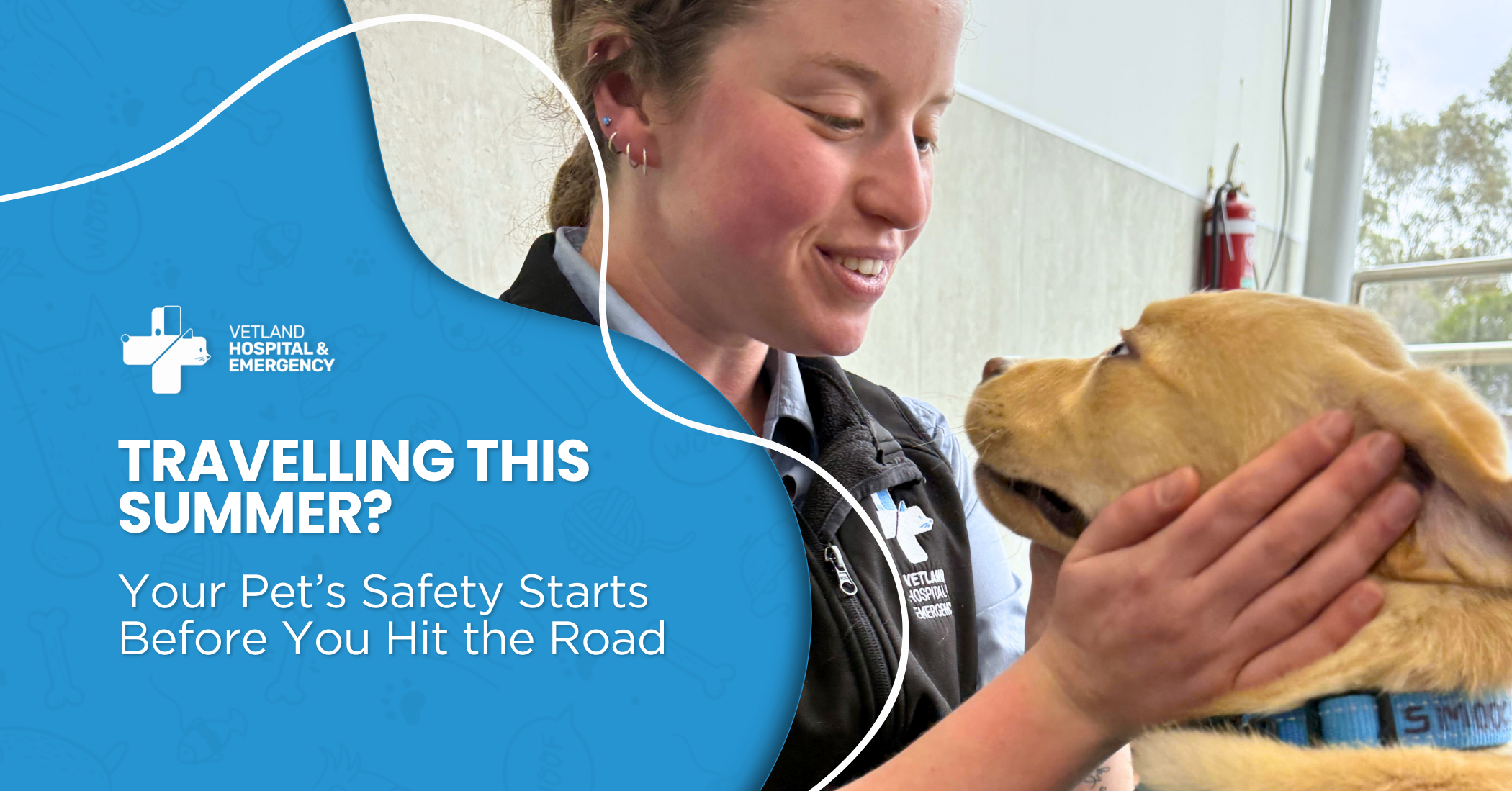Top 4 Essential Tips to Keep Your Bulldog Safe From Heatstroke This Summer
Summer is the season for sunshine, play, and poolside fun. But for bulldogs and other short-nosed breeds, hot weather brings serious risks that quite...

 This article is intended to give you some more information about your pet’s video otoscopy procedure, and what you can expect.
This article is intended to give you some more information about your pet’s video otoscopy procedure, and what you can expect.
Chronic ear issues are a common problem for both cats and dogs, they can be quite a headache despite various treatments. Often, the root cause of recurring ear infections isn't properly addressed, leading to ongoing and unnecessary painful ear infections.
Video otoscopy is one of the most important tools that our veterinarians will use to investigate and get to the bottom of your pet’s ongoing ear concerns.
A video otoscope is a fine, high resolution camera that is inserted into your pet’s ear canal whilst they are sleeping comfortably. This device gives us a clear and magnified view of the ear canal, eardrum, and sometimes even deeper into the middle ear.
Whilst the camera itself isn’t painful, often pet’s who require a video otoscope have very sore ears, and so this procedure is almost always performed under both general and local anesthesia.
Camera examination of the ear canals is often an essential tool to help treat challenging ear infections. Here are some common reasons why your vet might recommend the procedure:
 The Procedure
The ProcedureBecause the ear canal is sensitive and we need to be very precise, video otoscopy usually requires your pet to be under general anesthesia. This means they’ll be asleep and won’t feel anything during the procedure. If their ears are currently sore, they will often benefit from a local anesthesia, so that they awaken with ears that are comfortable and numb ears.
Your pet will be fasted for the procedure, and often benefit from a mild anxiety relief medication given at home to help them relax during their hospital stay. Before the procedure, your vet will do a thorough check-up and may run some tests to best tailor your pet’s anesthesia to suit their individual needs.
Once your pet is comfortably asleep, the vet will insert the tiny camera into the ear. Depending on your pet’s ear condition, they may receive a local anaesthetic to the nerves that provide feeling to their ears to reduce any pain when they awaken. Images from the exam are displayed on a monitor, allowing the vet to see inside the ear clearly and instantaneously. From this point, they will diagnose the concern and proceed with the planned treatment.
Your pet will be monitored as they wake up from anesthesia. It’s normal for them to feel a bit groggy for a few hours afterward but they will be discharged home the same day as the procedure. Your vet will give you detailed aftercare instructions, including any medications or follow-up visits needed.
Video otoscopic examination of the ears is a reasonably low risk and non-invasive procedure.
For patients who have a ruptured eardrum, flushing of the ears can sometimes mean that your pet can awaken with a head tilt. This is transient and is often quick to resolve.
Your vet will discuss with you any complication rates and risks that may be individually applicable to your pet’s unique situation.

Summer is the season for sunshine, play, and poolside fun. But for bulldogs and other short-nosed breeds, hot weather brings serious risks that quite...

Summer holidays are nearly here, and I know many of you are preparing for sunshine, beaches, and long-awaited adventures.If your pet is joining you,...
-1.png)
If you’ve ever wondered whether you’re truly doing the right thing for your pet when it comes to vaccinations, you’re not alone.